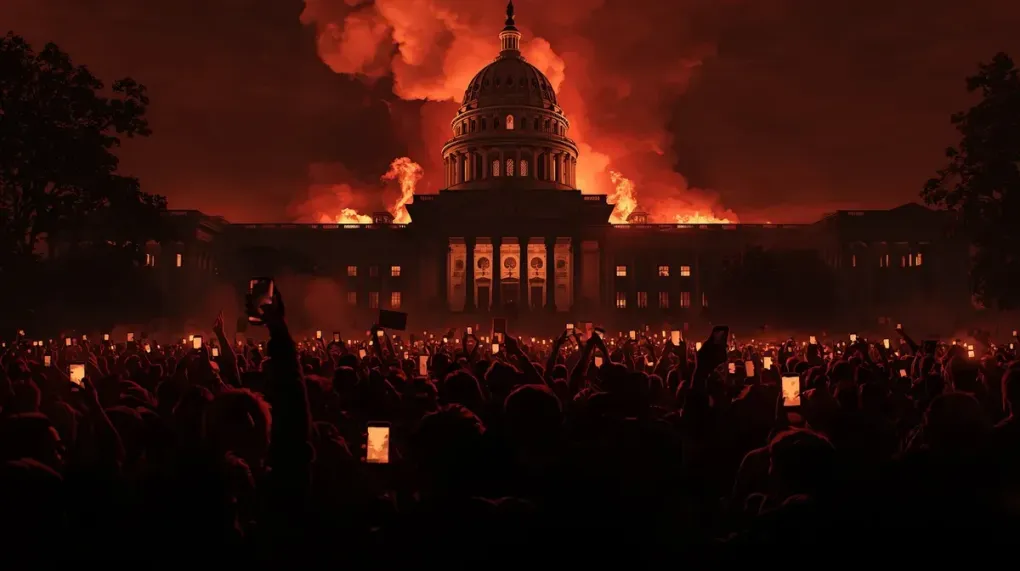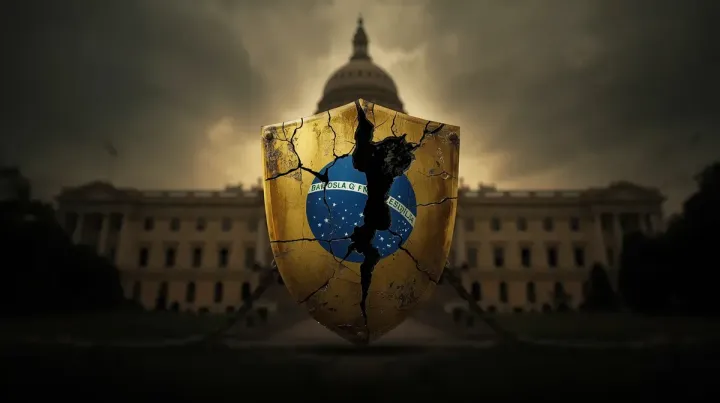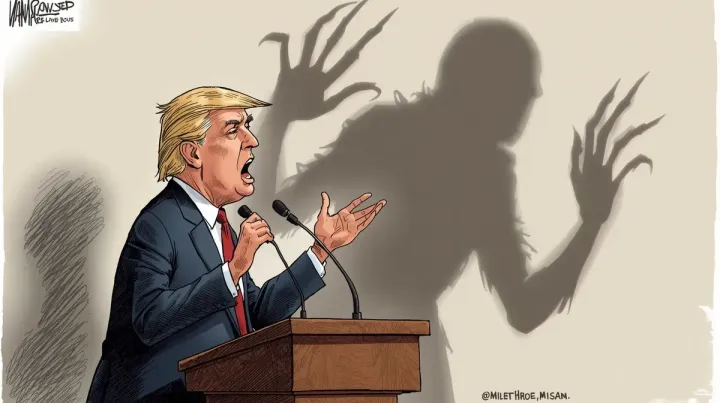
The Spark and the Inferno: How Nepal's Gen Z Burned Down a Corrupt System
I’ve been reading the timeline of what happened in Nepal in September 2025, and it’s hard not to feel a sense of grim inevitability. The media called it the “Gen Z protests,” which sounds almost trivial, like a TikTok trend. But what I see is a textbook case of a generation pushed so far that their only remaining tool was a matchstick.
The official story is that it all started with a social media ban. A government, fat and comfortable on perceived corruption, decided to pull the plug on the digital world of its youngest citizens. It was an act of breathtaking arrogance, a parent telling a child to be quiet. They clearly had no idea they weren’t dealing with children. They were dealing with a generation that had grown up watching them display their wealth while the country stagnated.
From Clicks to Bricks
The initial protest on September 8th was reportedly peaceful. It was about the social media ban, yes, but it was fueled by something much deeper: disgust. Disgust with the nepotism, the corruption, the sheer audacity of a ruling class that seemed to believe they were untouchable. When the government responded to a single thrown stone with live ammunition, they showed their hand. They confirmed every suspicion the protesters had. They weren’t protectors; they were rulers.
That’s when the spark hit the gasoline. The movement wasn’t about social media anymore. It was about tearing down the entire rotten structure. The demand became the dissolution of parliament. The target became every symbol of the state that had failed them.
A Symphony of Destruction
What followed on September 9th was almost medieval in its fury. The Prime Minister’s residence, the Supreme Court, the Parliament building itself—all set ablaze. This wasn’t random vandalism. It was a targeted, symbolic cleansing. Protesters weren’t just breaking things; they were erasing symbols of power they felt had betrayed them. They chased the Finance Minister into a river, a scene so primal it feels ripped from a history book.
And in the chaos, the old guard fled. Prime Minister K. P. Sharma Oli, who just a day before was ordering his ministers not to resign, ran for the safety of an army barracks. Other politicians were evacuated or, in some cases, reportedly handed over to the police by the protesters themselves. The system didn’t just break; it evaporated in the face of popular rage.
What Now?
The aftermath is a strange mix of digital-age democracy and post-revolutionary uncertainty. A Discord server with over 100,000 members became a de facto parliament, nominating a former Chief Justice, Sushila Karki, as an interim leader. It’s a fascinating, and frankly terrifying, experiment in direct democracy born from ashes.
But the cost is staggering. Dozens dead, thousands injured, and a country in turmoil. It’s easy to condemn the violence, but it’s intellectually lazy. The real question is what level of systemic rot makes burning everything to the ground feel like the only logical option? The Gen Z of Nepal didn’t create this situation. They were born into it. They just decided they wouldn’t die in it.
*This post is an analysis based on publicly available information regarding the September 2025 protests in Nepal.


